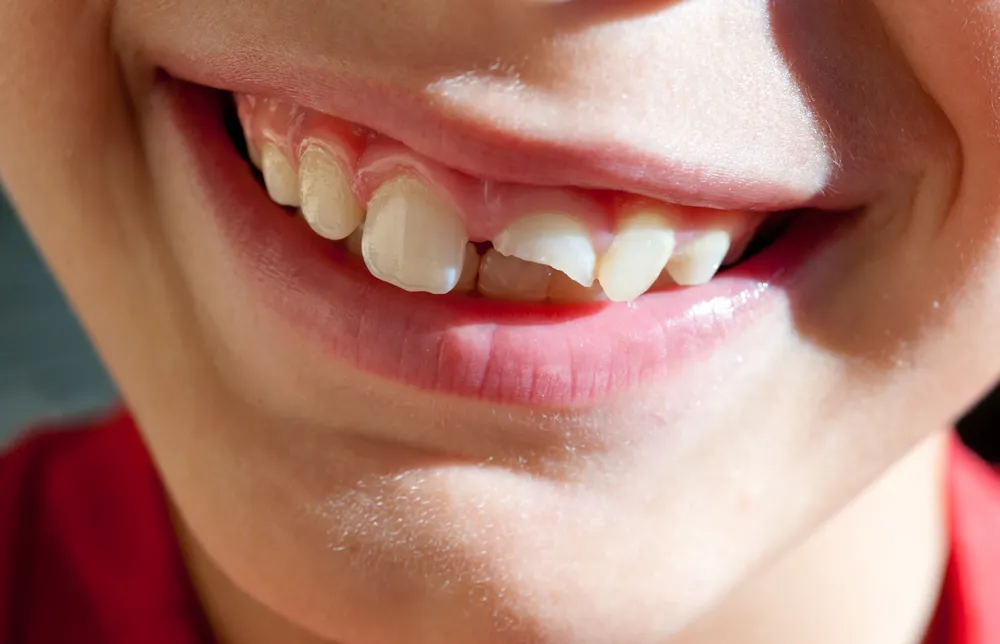Experiencing a broken tooth can be alarming, but taking the right steps can make a big difference. From managing discomfort at home to exploring potential dental treatments, addressing the issue quickly helps protect your oral health. Key tips and solutions can guide you in handling a broken tooth effectively. Prompt care from a dental professional helps prevent further complications.
Recognizing the Severity of the Break
Not all broken teeth are the same, and the type of damage determines the necessary treatment. A chipped tooth is often cosmetic and less urgent but requires dental attention. Cracked teeth may weaken the structure; quicker care is needed to prevent further damage. A broken tooth involving significant damage or exposed inner layers is more serious and often painful, requiring prompt intervention.
Immediate Steps to Take
A broken tooth requires prompt care, and immediate actions can help alleviate symptoms and protect the tooth:
- Rinse Your Mouth- Gently rinse with warm water to clean the affected area and remove debris. If possible, use salt water to reduce irritation.
- Apply a Cold Compress- Place a cold compress on the outside of your mouth near the affected area. This can reduce swelling and help manage discomfort.
- Preserve Broken Fragments- If a piece of the tooth has broken off, keep it in a clean container with milk, saliva, or water. Your dentist may be able to restore the tooth using the fragment.
Temporary Relief at Home
While waiting to see a dentist, you can take steps to manage discomfort and protect the affected area. Use over-the-counter pain medications as directed, apply sugarless gum or dental wax to sharp edges to prevent cuts, and press clean gauze on any bleeding to stop it. These are temporary measures, so contact a dental professional promptly for proper care.
Professional Treatments for a Broken Tooth
Several treatment options are available depending on the severity of the break:
- Dental Bonding – involves applying a tooth-colored resin to rebuild and restore the damaged area, especially for small chips.
- Crowns- For larger breaks or weakened teeth, a crown covers the damaged tooth and restores its function and appearance.
- Root Canal- If the damage exposes the pulp inside the tooth, a root canal may be necessary to remove the affected tissue and prevent infection.
- Extraction- Extraction may be the only option for extreme cases where the tooth cannot be salvaged, followed by replacement options like implants or bridges.
Prevention Tips for Future Protection
To reduce the risk of tooth breakage, avoid chewing hard foods like ice or popcorn kernels, wear a mouthguard during sports, and discuss teeth grinding with your dentist. Regular dental check-ups help keep teeth strong and healthy. Taking these preventive measures is an effective way to avoid dental emergencies.
When to Consult a Dentist
While some cosmetic breaks may seem minor, it’s always wise to consult a dentist promptly. Untreated damage may worsen over time, leading to more extensive treatments. For cracks, severe pain, or breaks near the gum line, seeking emergency dental care is key.
Take the Next Step Toward Restoring Your Smile
Dealing with a broken tooth can feel overwhelming, but prompt action and professional care can help restore your dental health and prevent further complications. Addressing the issue early not only alleviates discomfort but also preserves the long-term integrity of your teeth. If you’ve experienced a broken tooth, schedule an appointment with your dentist today to explore the best solution for your needs.
